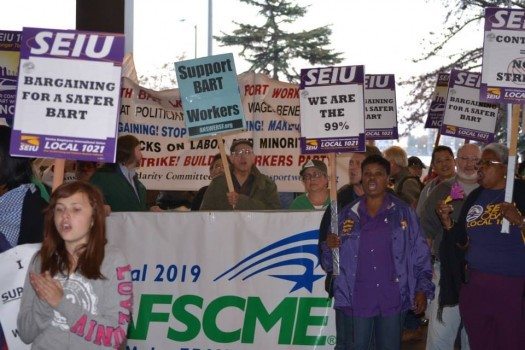
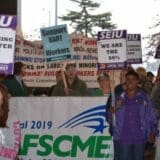
On Friday, BART [Bay Area Rapid Transit] employees at SEIU and ATU will likely ratify the deal negotiated last week and the following day BART’s Board of Directors will likely vote to approve it. Apart from a few crazies on both the left and right who were hoping that the strike or the dispute kept going, most of us BART riders will be extremely glad that it is finally over and hoping that we never have to go through this again. It’s not surprising, therefore, that some politicians have attempted to exploit public frustration. Orinda Councilman Steve Glazer, who is running for the California Assembly, has tirelessly promoted his campaign for change in state law to ban strikes by BART workers. It’s an easy time to call for coercive legislation but a strike ban is the wrong solution for the Bay Area and it wouldn’t work.
» Read more about: Banning BART Strikes Is No Answer to Labor Disputes »
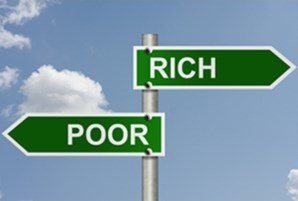

 Rich and poor — two sides of the same coin. That “coin” meaning money and how much you have. While Americans seem to love money and idolize those who possess it, having it isn’t so good for you. That’s right. Not only does money not buy happiness, it can be downright hurtful to those who are rich, as well as the rest of us.
Rich and poor — two sides of the same coin. That “coin” meaning money and how much you have. While Americans seem to love money and idolize those who possess it, having it isn’t so good for you. That’s right. Not only does money not buy happiness, it can be downright hurtful to those who are rich, as well as the rest of us.
For years I have noticed that BMW drivers tend to cut people off and generally drive with an attitude of arrogance toward others. Now some recent studies demonstrate that I am not just seeing things. People with more expensive cars drive as though they’re entitled to cut people off at intersections or whip by on the right.
The rich also prefer to play and work alone – distancing themselves from others. But you don’t have to actually be rich to act like that.


(This article first appeared in the Sierra Club journal Sierra and is republished with permission.)
The late-June weekend heat wave comes on as predicted. By 10 a.m., it’s 90°F in a South Los Angeles parking lot where scores of local residents have gathered, lured by community leaders and the Los Angeles Department of Water and Power (DWP). Over the hum of the crowd, speakers take the stage for this Green the Block workshop: community organizers, environmentalists, labor union leaders and local politicians, all talking about the changing climate, the sputtering economy and the need to use less energy. It’s important stuff, but not particularly riveting. Meanwhile, it keeps getting hotter. By the time Ron Nichols, the utility’s general manager, takes the stage, the sun has chased people under canopies at either side of the lot and the chairs in front of him are almost empty.
» Read more about: Repowering Los Angeles One Block at a Time »
This past Friday Occidental College professor and Frying Pan News contributor Peter Dreier appeared on Moyers & Company. Dreier expressed an optimism that after 30 years of big business backing rightwing agendas, the consequences of those agendas have now boomeranged back against Wall Street, opening new possibilities for progressive change in America.
“Americans are now realizing more than ever that we need to go in a new direction,” said Dreier, the author of The 100 Greatest Americans of the 20th Century. “All over America right now there are people fighting back on the grassroots level.”
Click above to watch the entire interview or go to show site here.
» Read more about: Peter Dreier Tells Bill Moyers: Change Is Happening »
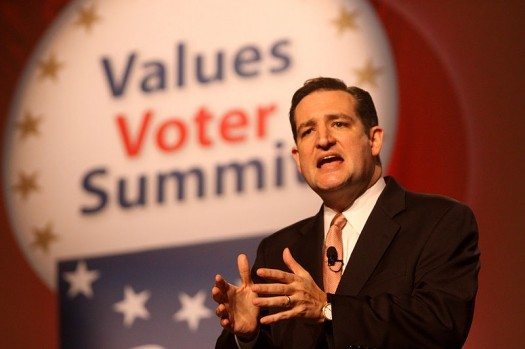


Conservative Republicans have lost their fight over the shutdown and debt ceiling, and they probably won’t get major spending cuts in upcoming negotiations over the budget.
But they’re winning the big one: How the nation understands our biggest domestic problem.
They say the biggest problem is the size of government and the budget deficit.
In fact our biggest problem is the decline of the middle class and increasing ranks of the poor, while almost all the economic gains go to the top.
The Labor Department reported Tuesday that only 148,000 jobs were created in September — way down from the average of 207,000 new jobs a month in the first quarter of the year.
Many Americans have stopped looking for work. The official unemployment rate of 7.2 percent reflects only those who are still looking. If the same percentage of Americans were in the workforce today as when Barack Obama took office,
» Read more about: Conservatives Are Crying – All the Way to Victory »


(Note: Jason Motlagh writes about the lack of compensation for the families of Rana Plaza victims for The Nation, where this post first appeared. Republished with permission.)
This week United Students Against Sweatshops (USAS) is holding demonstrations at more than 30 colleges and universities across the country as part of an International Week of Action to End Deathtraps commemorating the six-month anniversary of the Rana Plaza building collapse in Bangladesh.
Students and workers are demanding that apparel brands who produce apparel for U.S. universities sign on to the Accord on Fire and Building Safety in Bangladesh, a legally binding agreement now signed by over 100 brands and retailers, promising greater protection for workers and a voice for unions in addressing deadly working conditions. To date, not a single college-producing apparel company has signed the agreement. Bangladeshi unions are also holding demonstrations at the site of Rana Plaza collapse.
» Read more about: Students: School Clothiers Must Sign Fire and Safety Pact »


Faye Steuer is a former psychology professor living near Charleston, South Carolina, who spent much of her career researching how violence on television affects children. Over the years, Steuer learned about the inner workings of the media business and stumbled upon what she believes to be an even bigger problem.
“As I did that, I became more and more aware of how the consolidation of media ownership was really having an impact on democracy, and that worried me even more than the impact of [TV] violence on children,” Steuer tells Truthout.
A historic wave of corporate media consolidation is changing the landscape of America’s most utilized news source – local TV news. Media reformers say the consolidation diminishes the public’s access to information and, in turn, harms our democracy.
In the first eight months of 2013, 211 full-power broadcast stations changed hands, the highest number in a decade, according to a recent report by media watchdog group Free Press.
» Read more about: Remote Control: How Big Media Uses Shell Outfits to Expand »
It should serve as more than mere cold comfort that Charles and David Koch – the oil billionaires with a desire to remake America according to their own Dickensian vision of society – are about to be fined $1 million by California’s Fair Political Practices Commission. Today’s Los Angeles Times reports that a pair of the brothers’ political money funnels, Americans for Responsible Leadership and the Center to Protect Patient Rights, unlawfully directed $11 million to a campaign account set up to defeat Proposition 30 and promote Proposition 32 in 2012.
The first proposition, which aimed to raise tax dollars for public education, passed; the latter measure, intended to cripple the ability of public employee unions to participate in politics, didn’t.
Frying Pan News readers will remember how writers Matthew Fleischer and Bill Raden exposed the role of the out-of-state Brothers Koch and their moneyed front groups in the 2012 campaign.
» Read more about: Koch Brother Groups Fined for 2012 Campaign Violations »
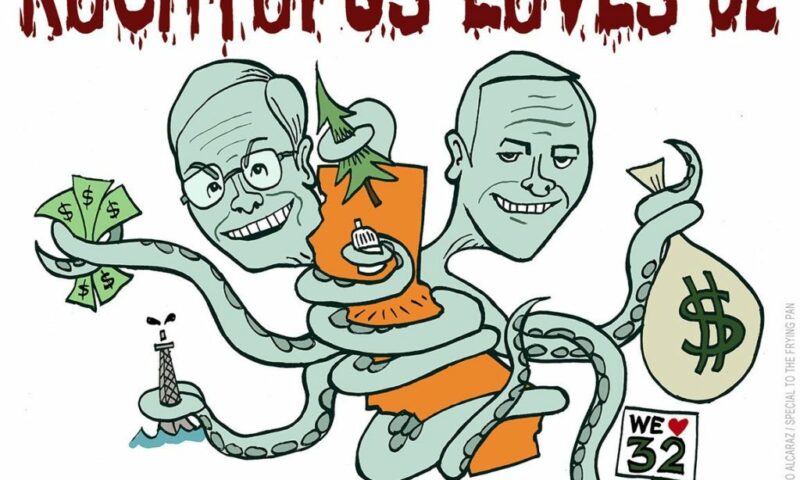

It should serve as more than mere cold comfort that Charles and David Koch – the oil billionaires with a desire to remake America according to their own Dickensian vision of society – are about to be fined $1 million by California’s Fair Political Practices Commission. Today’s Los Angeles Times reports that a pair of the brothers’ political money funnels, Americans for Responsible Leadership and the Center to Protect Patient Rights, unlawfully directed $11 million to a campaign account set up to defeat Proposition 30 and promote Proposition 32 in 2012.
The first proposition, which aimed to raise tax dollars for public education, passed; the latter measure, intended to cripple the ability of public employee unions to participate in politics, didn’t.
Frying Pan News readers will remember how writers Matthew Fleischer and Bill Raden exposed the role of the out-of-state Brothers Koch and their moneyed front groups in the 2012 campaign.
» Read more about: Koch Brother Groups Fined for 2012 Campaign Violations »



“If only they would run government like a business,” goes a familiar conservative lament, the gist of which equates “business” with the kind of furious efficiency that rewards honest, hard work in both industry and the animal kingdom. But now a new study shows what actually happens when elected officials hand over the keys to the private sector and ask it to run the services that society depends on.
Suddenly, according to Creating Scandals Instead of Jobs, the book of Ayn Rand fairy tales is shut and a dangerous reality asserts itself. The study, conducted by Good Jobs First, discovered an especially dizzying level of corruption in those enterprise and commerce agencies charged with expanding state economies and creating jobs. (Californians will remember how, until it was recently changed, their own Enterprise Zone program helped wreck the middle class by rewarding businesses for downsizing their work forces and lowering wages.)
Among Scandals/Jobs’ findings about so-called PPPs (public-private partnerships):
» Read more about: Public-Private Partnerships: Schools for Scandal »